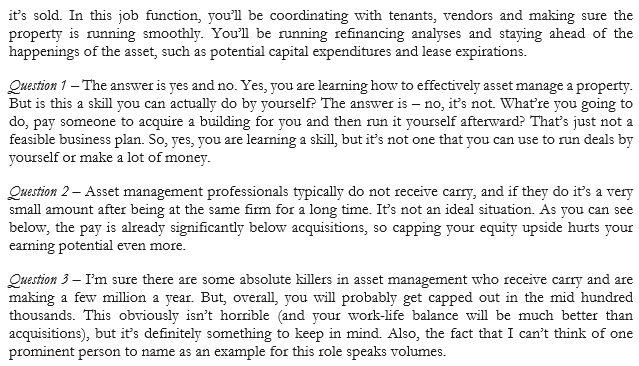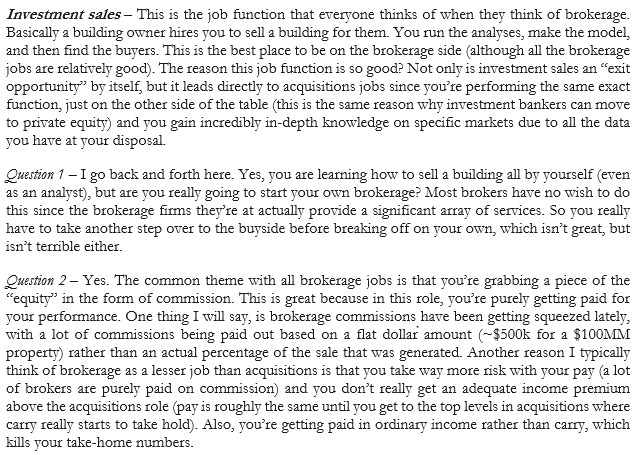
Rarely promote my course but it's been a while since I posted any new reviews
Some new reviews are below and course is linked at the bottom of the thread
If you have any questions, feel free to send a DM



Some new reviews are below and course is linked at the bottom of the thread
If you have any questions, feel free to send a DM




Link is below. As a reminder, students and veterans get 75% off (DM for discount code)
therealestategod.gumroad.com/l/trdbw
therealestategod.gumroad.com/l/trdbw
• • •
Missing some Tweet in this thread? You can try to
force a refresh













































